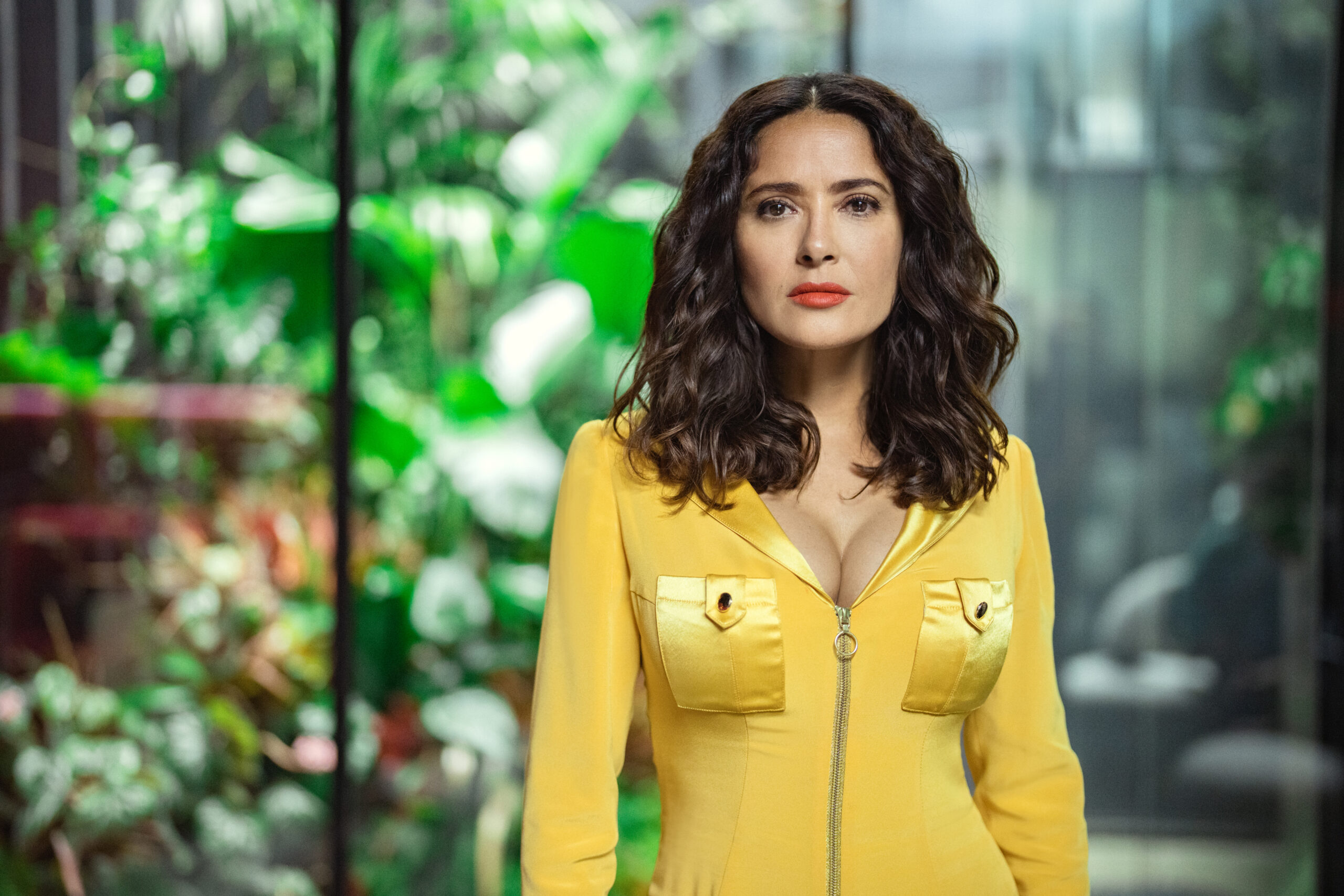Black Mirror is beloved because of how well it reflects the damage that social media, voyeurism, and tech can do when used wrongfully. The show’s last season was in 2019. After the period of uncertainty we collectively went through as a human species, there was a moment when it seemed as if nothing could top the darkness of 2020. But that’s wrong.
Only a show like Black Mirror can enlighten us as to just how much worse things can get. I watched the show’s sixth season because I knew it would be great, but also, because I needed to know: according to show creator Charlie Brooker, what’s worse than what we have now?
Season 6 of Black Mirror begins with a hilarious and strong performance by Salma Hayek and Annie Murphy in “Joan is Awful.” Both of their characters, including a fictional version of Hayek, are pushed to make bizarre decisions as they realize that Streamberry, a fictional version of Netflix, is too strong even for a celebrity of Hayek’s caliber.

That particular episode has taken on much more significance now that SAG-AFTRA and the Writer’s Guild of America are both on strike because the studios refuse to offer them a fair deal. Indeed, the workers responsible for the success of major streaming services are fighting to prevent Artificial Intelligence from replacing them or using their likeness to line shareholders’ pockets.
The season also explores the stories of smaller, unremarkable towns. We still tend to see rural areas as “places where nothing happens.” Shocking crimes that occur in these areas are seen as anomalies. Black Mirror explores small towns in “Loch Henry” and in part, in “Beyond the Sea.”
These episodes focus on heinous crimes, the use of media, and hidden motivations. What happens when cycles of violence can’t be broken? Who pays the price when horrors are exposed to the world? We see the results of this cyclical violence every day, and families of people who’ve died because of horrendous crimes have talked about how true crime shows make them feel.

But out of all of the episodes, “Mazey Day” hits me the hardest as we collectively reflect on how the media treated young women in the 00s. Set in the decade when paparazzi made a career out of ridiculing young women such as Britney Spears and Paris Hilton, we see a nuanced picture of the lives of some of the celeb-chasing photographers. With differing levels of principles and in situations that necessitate the fast cash of a quick picture, paparazzi take actions we may not agree with, but we still benefit. And Black Mirror offers an insight into the insidious nature of covering celebrity gossip.
Finally, we see what happens when a shy woman accidentally contacts a novice demon. The final episode of Season 6, “Demon 79” is full of 70s décor and a very tan palette. We follow Nida (Anjana Vassan), who ends up meeting Gaap, a demon played by Paapa Essiedu. Not all of us will end up meeting a demon that expects us to help them conduct acts against our nature, but many of us do experience the horrors Nida does: microaggressions, creepy men, and xenophobic politicians.
Black Mirror’s 6th season goes beyond the consequences of using tech. It also shows us that tech giants are entities we should treat with a speck of fear. From mining us for data they can use to sell us things, to creating objects that won’t always be well-received, this season explores horrors that are statistically more likely to happen to us in real life unless we fight for change.
Now what are we going to do about it?
Season 6 of Black Mirror is now available for streaming on (the struck streaming platform) Netflix.

